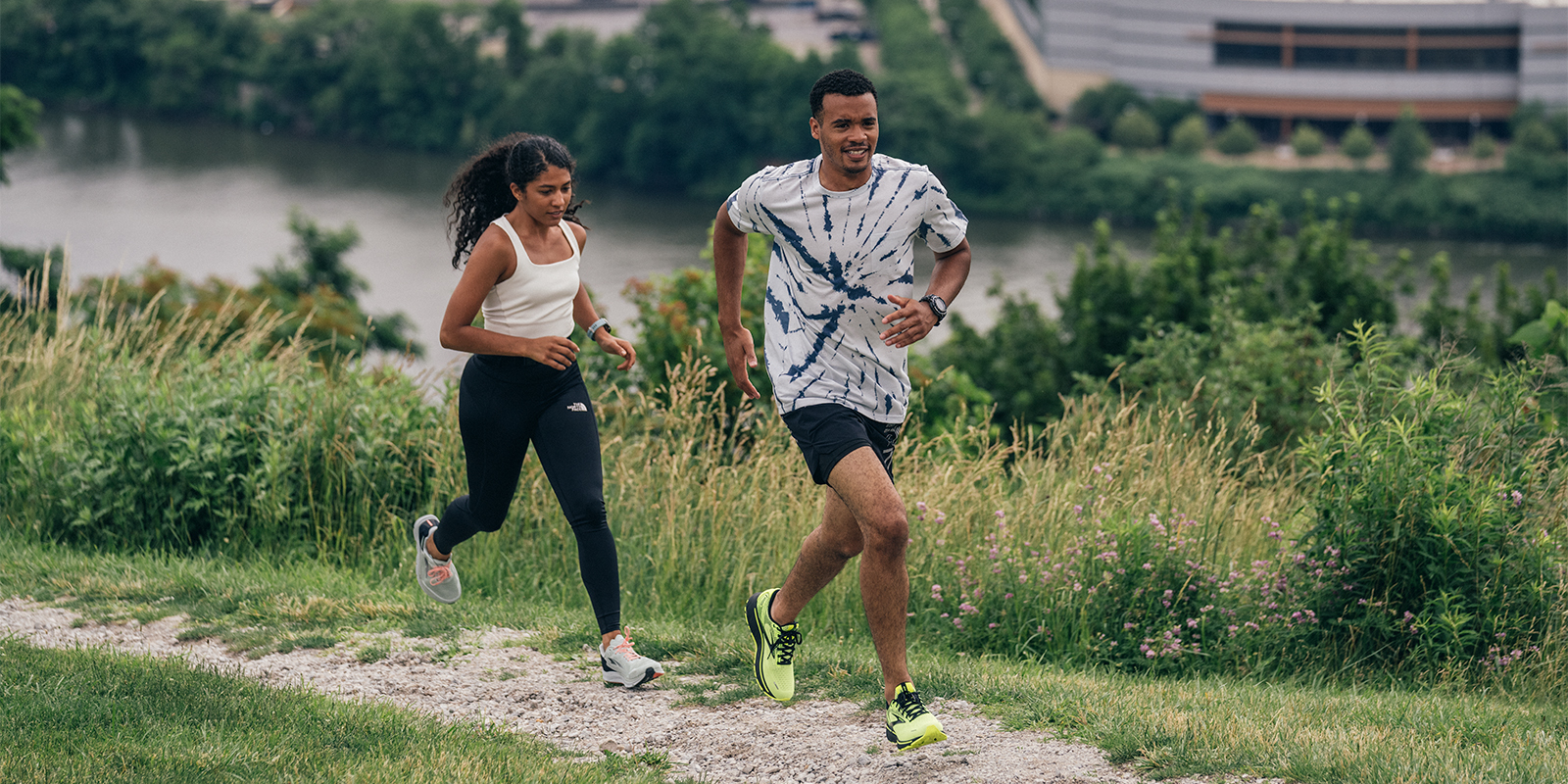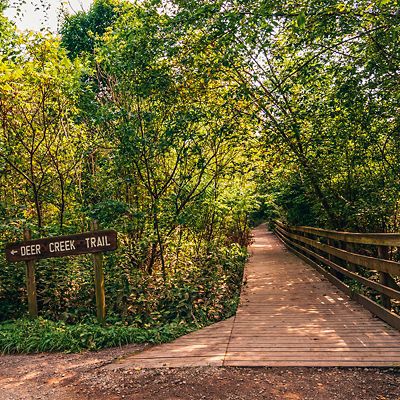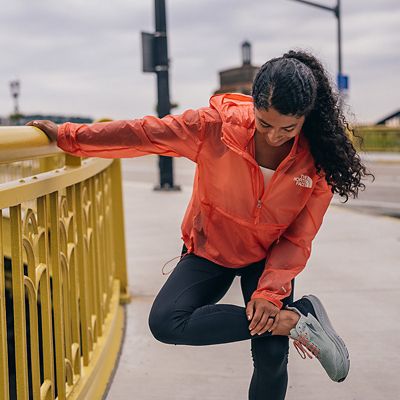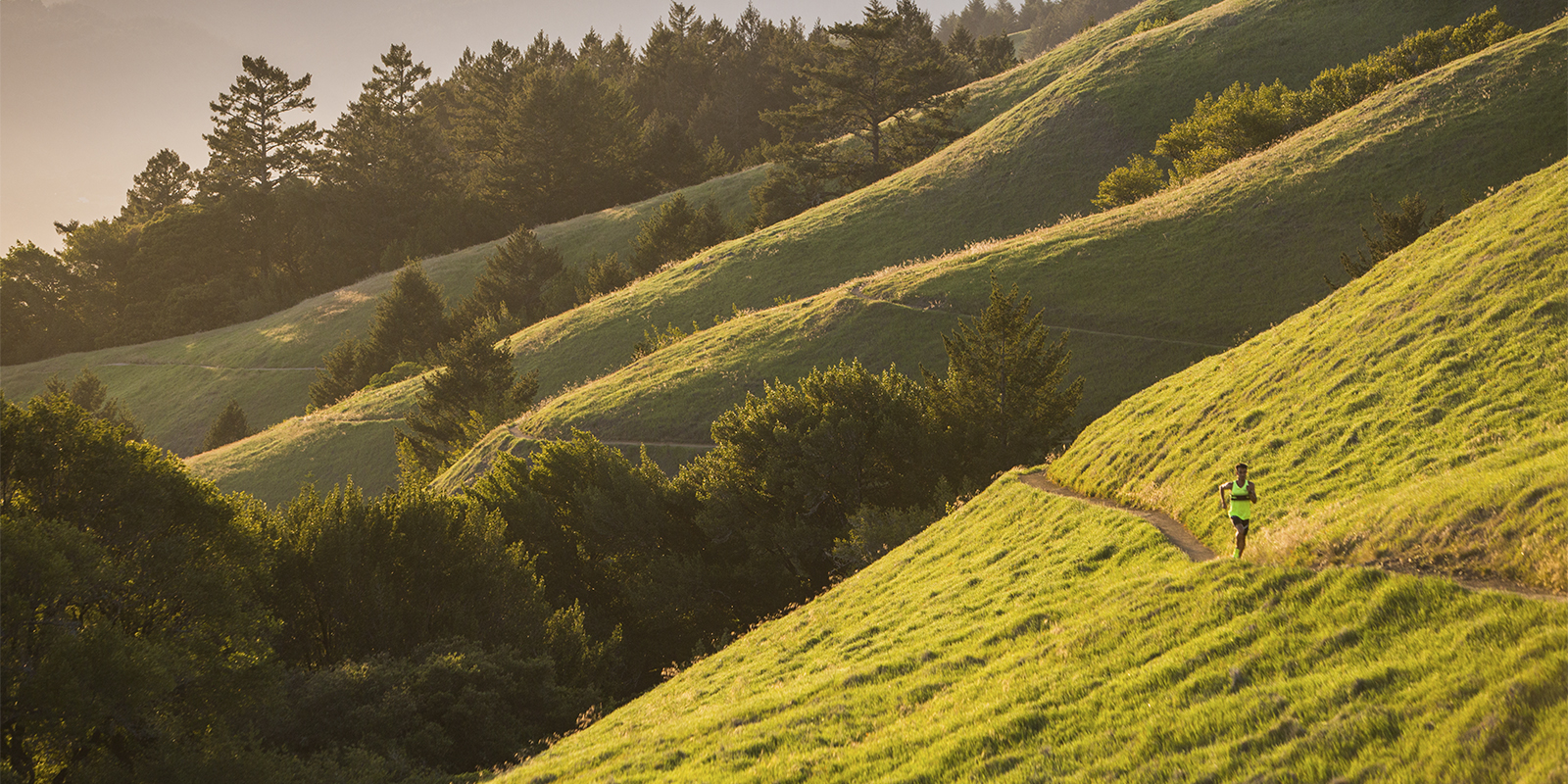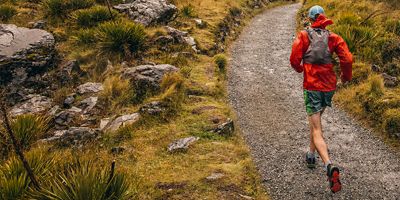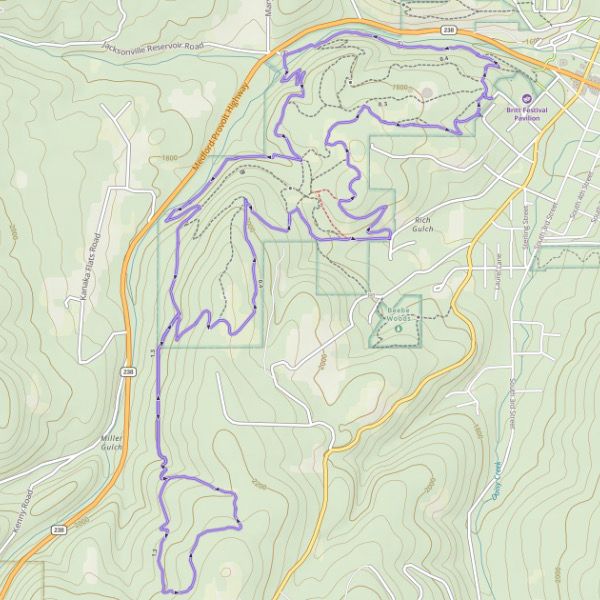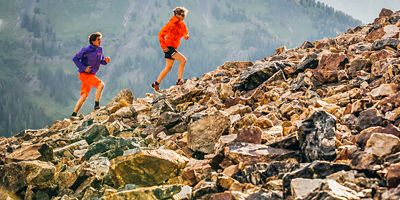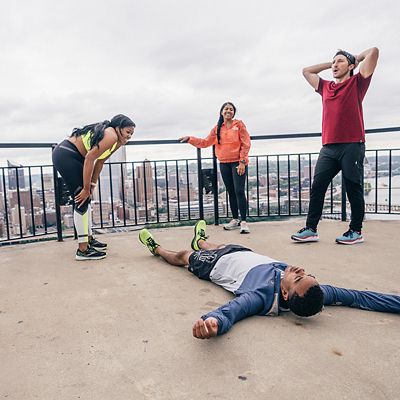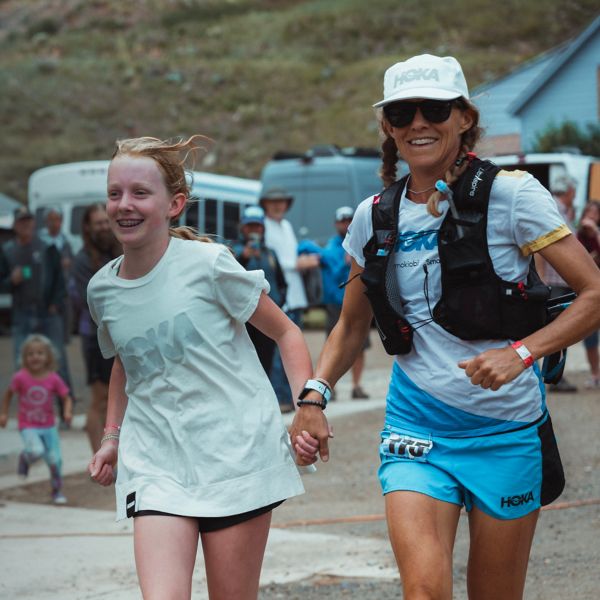Good news: Running is one of the world’s most accessible sports. Moving faster than a walk? Great, you’re running. Better news: Trail running is one of the best ways to experience nature, as you can see a lot of scenery in less time. Whether it’s a post-work spin through a local park or a 15-miler on a wilderness trail, it’s efficient and fun.
Of course, what makes trail running fun can also make it a challenge. You might encounter slippery conditions, rocks and roots, steep hills, and other factors. For all but the smoothest trails, you’ll want to master both form and technique, so use this guide to get started on the right foot.
1. Just go run. First and foremost, find a trail and go for a run. Don’t be intimidated by terrain that’s more variable than roads or treadmills. Everyone, at every level of running experience and outdoor experience, can enjoy running on trails. That said, no one enjoys falling face first in the mud. So take the next four tips to heart.
2. Shorten your stride. Due to features riddling some trails, like rocks of various sizes scattered throughout the trail, logs to jump over and other debris, shortening your stride from your regular road-running form can make you more agile. It’s a lot easier to recover and prevent yourself from falling after tripping on a rock or root while mid-stride when that stride is shorter rather than longer.
3. Widen your arm swing. Good balance is essential as you navigate over and around various obstacles. Widening your arm swing from your regular, road-running style adds balance by distributing your overall body weight over a wider area, with your arms acting as weighted counter-balancing tools. (To do this, point your elbows back and away from your body while relaxing your forearms toward the ground.)



